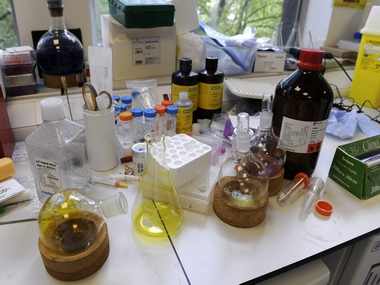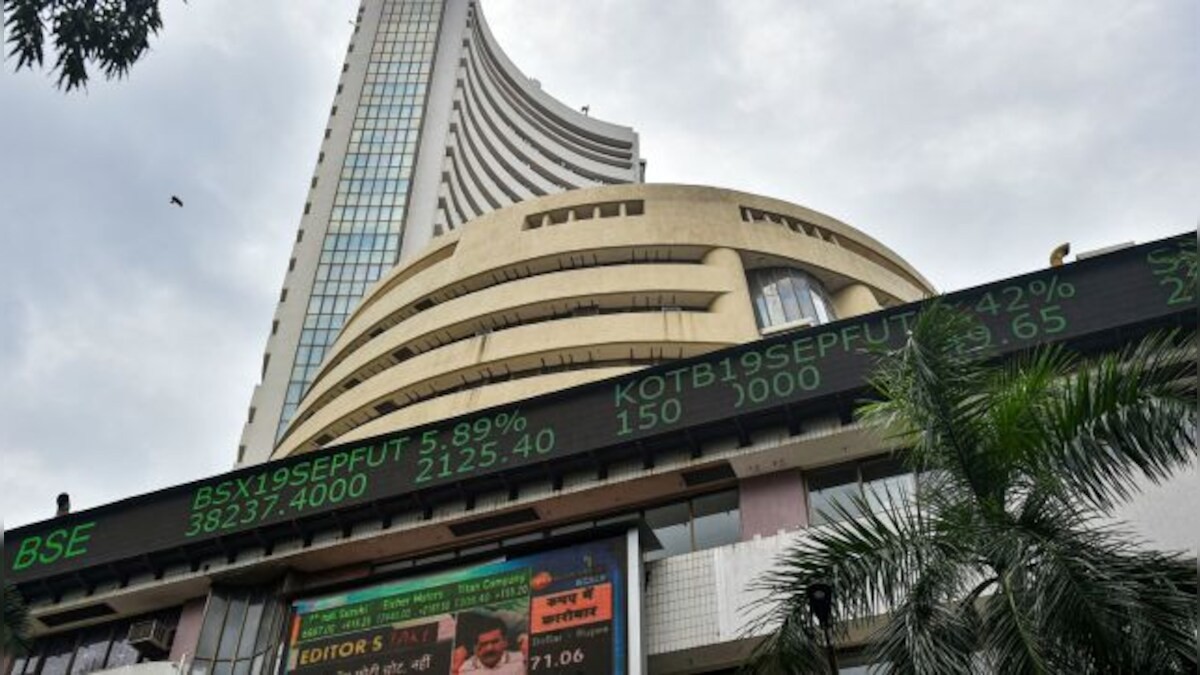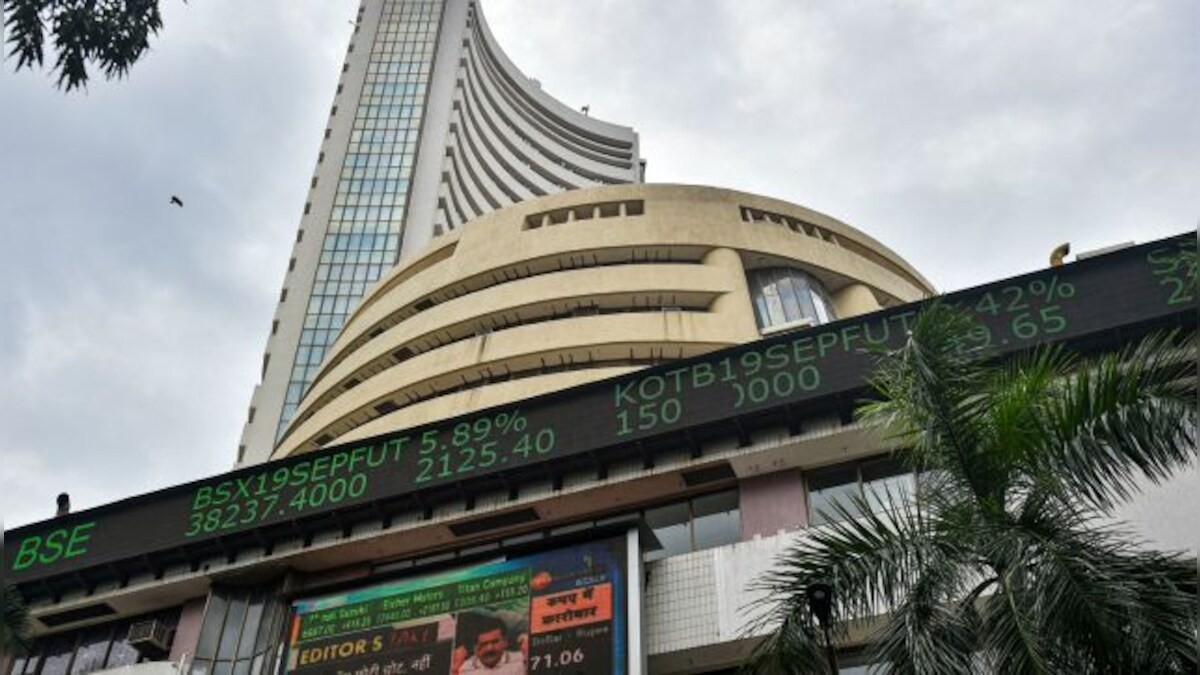Action seems to be hotting up in the drug market. The booming sector is keeping many foreign players interested. Japanese pharma major Takeda made headlines recently as it spruced up its plans to enter the Indian market by snapping up companies that sell drug formulations to Indian patients. Although companies like Cipla and Lupin denied any such plans to sell off, the frenzy shows the seriousness of foreign pharma companies to grab a slice of the fast-growing drug market here.
The domestic formulation market is expected to more than double to $21 billion by 2015 from $10 billion in 2010, according to Motilal Oswal, an Indian securities company. Rising disposable incomes and a large population have made India an attractive destination for such MNCs. In their bid to enter India, companies are either looking at buying out assets or acquiring companies. While a large part of this could be due to subdued growth in their own countries, India’s position as a low-cost R&D hub also makes it an attractive proposition for companies to set up base here.
The spate of acquisitions seems to have picked up in the pharmaceutical space as borne out by recent acquisitions in this space. While Aventis pharma acquired the nutraceuticals business of Universal Medicare for $110 million in August, Wockhardt had sold off its nutrition business to French food multinational Danone for around 250 million in July. Last year, Piramal Healthcare has sold off its domestic formulations business to Abbot Lab for a whopping consideration of $3.72 billion.
India’s 1.21 billion population is a boon for pharmaceutical companies as they expect to grab a bigger chunk of the healthcare pie. This was also reflected in the stock market performance of pharmaceutical companies as the index rose 7.5 percent over the last one year compared to a 7.5 percent fall in the Sensex and 17.9 percent fall in the BSE mid-cap index.
Increased government spending, rising per capital income coupled with an increase in the number of middle-class household incomes, higher penetration of health insurance, improving medical infrastructure and rising literacy are some of the reasons cited by the report for the rise in the formulation markets.
India’s huge untapped population offers a tremendous opportunity for pharma companies. While India’s population constitutes 16 percent of the world’s population, its spend on healthcare stands at a meagre 1 percent globally.
Higher government spending in coming years could help narrow the gap. The government expects to increase its spending on healthcare to 3 percent of GDP from the current 1 percent. In 2008, public health expenditure accounted for less than 30 percent of India’s total healthcare, reflecting the very basic level of healthcare provided by the government, which is insufficient to meet the health needs of the entire population, the report said.
Rising urbanisation is also a positive trend for pharma products as higher affordability, better medical infrastructure and wider prevalence of chronic diseases lead to higher demand for pharma products.
Another boost for pharma companies can be seen in the healthcare infrastructure segment, which is still at a very nascent stage if we compare it to its western counterparts. For every 10,000 people, India has only nine hospital beds, a measly amount when compared to the 30-40 beds in the US and Western Europe and 24-30 beds in other developing countries like Brazil, China and Thailand. Apollo Hospitals and Fortis are incurring a heavy capex to capitalise on this demand.
The aforesaid factors can also help companies increase their exposure to rural markets, which offer a good opportunity for companies to grow as it currently accounts for only 17 percent of the total pharmaceutical sales. Also, with the prevalence of lifestyle disorders like coronary heart, diabetes and asthma, demand from speciality therapies will only soar. Already, India has the largest diabetic population in the world. This reflects a growing opportunity for pharmaceutical companies in India. McKinsey, in their report released earlier, expects India’s global rank to go up to 10 by 2015 from 14 currently.
Motilal Oswal expects companies like Cipla, Lupin, Torrent and GSK Pharma to generate maximum value from their domestic formulations business owing to their dominating presence in the high potential aliment segment. Some of the key points of the companies mentioned in the report are:
•Cipla - its formulations business is expected to grow by 12 percent Compounded Annual Growth Rate (CAGR) over FY11-13 owing to new launches. (It had launched 76 new products in the last 4 years). It is also one of the of the largest Indian players in the Industry with a 5.24 percent market share.
•Lupin - is expected to report a 18 percent CAGR over FY11-13 due to an increase in the fast growing chronic therapeutic areas like CVS and anti-diabetes segments and new launches. Currently, it commands a 2.69 percent market share in the industry.
•Torrent Pharma - is expected to post 16 percent CAGR over FY-13 due to its strong presence in segments like CVS, CNS and anti-diabetes segments. Earnings are expected to increase on the back of a growth in the domestic formulations business and increased profitability in its international operations. The company has a two percent market share in the industry.
•GSK Pharma - is the 4 th largest formulations company in India and has a market share of 4.26 percent. While its topline growth is expected to grow by 13-14 percent CAGR during FY11-13, it is below the industry average due to its high base and intense competition. Its growth trajectory is expected to increase from CY13 owing to new launches.
•Sun Pharma - is expected to grow by 18.5 percent CAGR over FY11-13, higher than the industry growth due to its strong presence in areas like CVS, CNS and anti-diabetes segments. The report expects earnings per share (EPS) of the company to grow at a CAGR of 24 percent driven mainly by the Taro acquisition, sustained momentum in the formulations business and gradual improvement in Caraco.


)




)
)
)
)
)
)
)
)